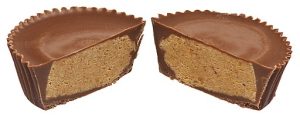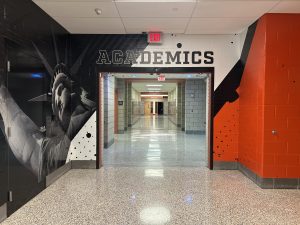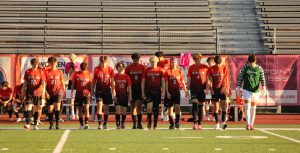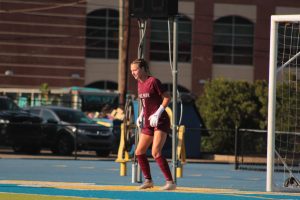BPHS Course Review Series: Anatomy Edition
There are a variety of science classes that you can take at BPHS, but in total, to graduate, you must have taken four credits of science before the end of your senior year.
Besides the typical classes of Science 9, Biology, Chemistry, and Physics there are a variety of science electives.
Anatomy and Physiology is a regular-level class that is worth 0.5 credits. Available to juniors and seniors who have completed biology, students learn about the anatomy and physiology of the human body.
Currently being taught by Mrs. Farren, there are a total of six units that students will learn about throughout the course.
The units go in order as follows: “The Human Body — An Orientation,” “Histology,” “The Skeletal System,” “The Muscular System,” “The Nervous System and The Eye,” and “Blood and The Cardiovascular System.”
Each of these units focuses on a different area of the body and teaches students how that particular body system is structured and functions. The only exception to this is the orientation unit which includes general information about the human body as a whole, as well as the correct vocabulary to use for certain terms when discussing the human body.
Junior Taylor Garland said: “The first unit was the least difficult unit we completed because it was like a more in-depth health class. However, it was definitely beneficial because it provided useful background information and was a nice review of the human body as a whole.”
Typically, the more difficult units for students are the more term-dense units, such as “The Skeletal System.”
These units can be challenging if students don’t manage their time efficiently to fit in all of the information in the estimated three-week period in which each unit is taught.
To prepare for exams, senior Kristen Horgan said: “I usually try to start studying a week before the exam by using Quizzlets to memorize the terms and read over the slideshows in Schoology. Closer to the test, I go through all of the Quizzlets again and redo any practice worksheets we did throughout the unit.”
Mrs. Farren has been teaching Anatomy for two years and said: “It turned out to be one my favorite classes I have ever taught! It is very hands-on and applicable to real life, which makes it the start of many of my students’ medical careers.”
For the 2024-2025 school year, the school board has approved making Anatomy a full-year course instead of just a semester course.
All in all, Anatomy and Physiology has proven to be a challenging but intriguing class that is highly recommended by many students, especially those interested in the science field.
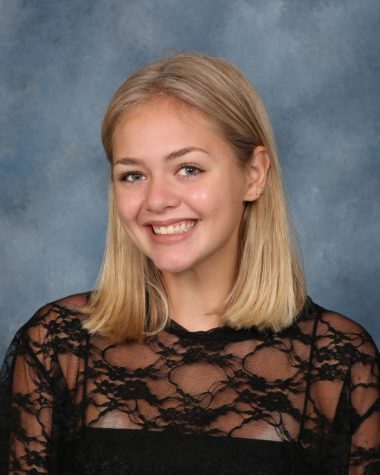
Hardworking, smart, brave, kind, and inspirational.
Senior Sydney Edwards starts her first year on the Hawk Eye staff prepared to make a bang!
“I...
